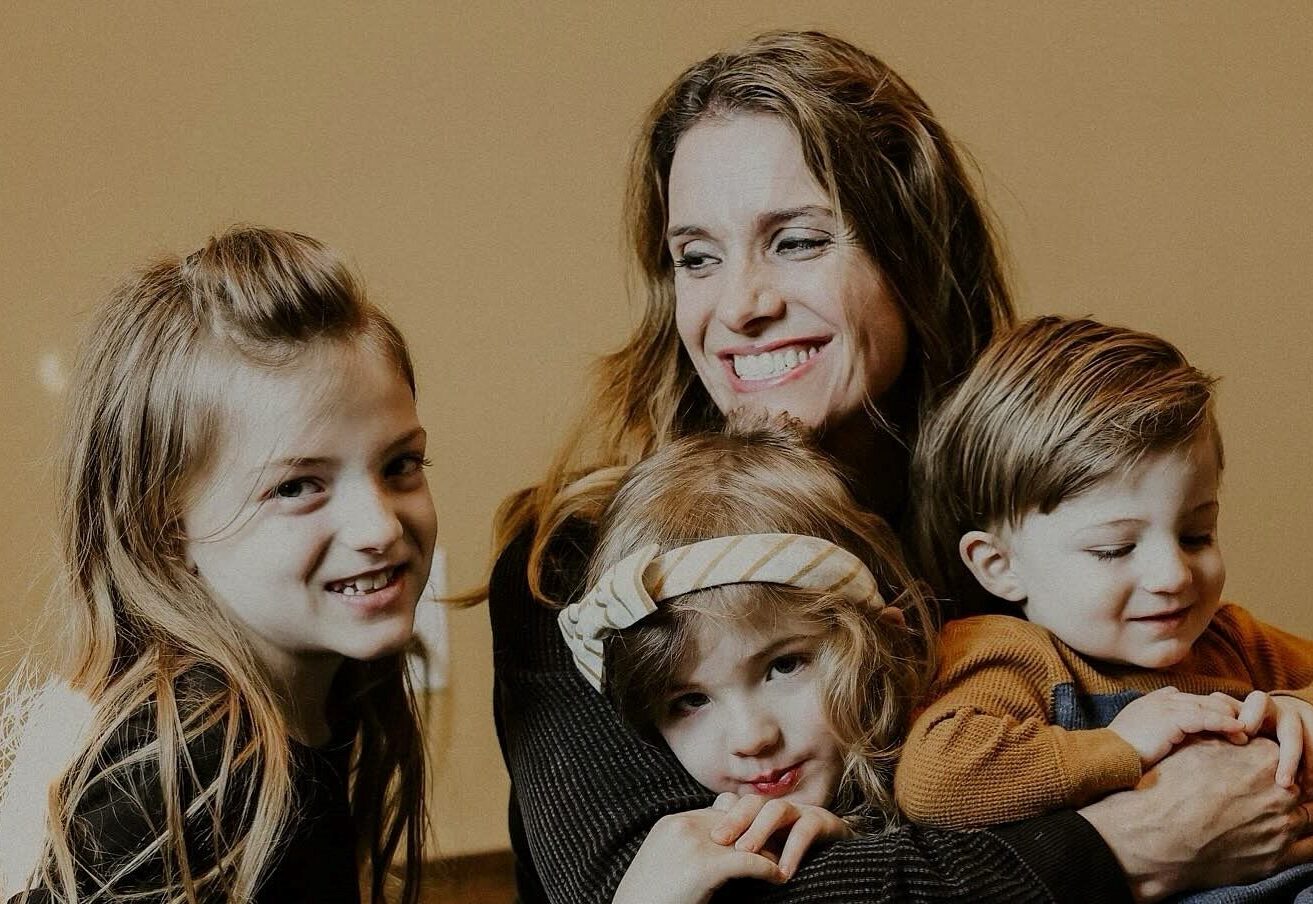Many moms of infants are aware of the dangers associated with drowning in a backyard pool or at the lake. But they may not realize that a pail of water or a baby bathtub can be just as dangerous. Drowning is the leading cause of injury-related death for children ages 1 to 4. And these accidents can happen in just two inches of water — in everything from a wading pool to a bathtub to a toilet. In fact, more than half of drownings among infants occur in the bathtub.
Many moms make the mistake of just leaving their child “for a second” while they grab the phone or even a towel from the closet. But drowning can happen in just a matter of seconds. And in just two minutes, a child will lose consciousness. If left for as long as four to six minutes, the accident will result in irreversible brain damage and possibly death.
In addition to drowning, make sure your infant is safe in the bathtub. Carefully monitor your children in the tub to prevent scaldings and other accidents.
Dr. Mick Connors, Emergency Medical Physician at East Tennessee Children’s Hospital, states: “Parents can prevent their children from being harmed in the bathroom by rearranging items in cabinets, keeping things out of children’s reach, and paying attention to wet floors and children in the bathtub,” said Connors. “It is not always easy to keep an eye on small children who are running and crawling around, so we need to protect them from getting into things or hurting themselves in the bathroom.”
Bathtub Safety Tips
- Never leave a baby or infant in the bathtub without the supervision of an adult. Keep them within arm’s reach at all times. If for any reason you must leave the side of the bathtub, take the baby with you. Do not depend on another young child to watch the baby while he or she is in or near water.
- Be very cautious if you use a bath seat. Unfortunately, some moms have viewed these as a safety device and were lulled into a false sense of security. But bath seats are only a bathing aid, not something meant to protect your child. In fact, drownings have occurred when babies have climbed out or slipped out of their seats. Make sure the seat’s suction cups are firmly attached to the bath tub, or the seat could tip over.
- Gather all your bathing supplies (i.e. towel, soap, shampoo) before setting your baby in the water.
- Learn CPR.
- Keep young children out of the bathroom unless you are supervising them. Consider installing a child-proof latch on the toilet.
- Place a cushioned cover over the faucet in case your child falls onto it.
- Install nonslip strips on the bottom of the bathtub to prevent slipping. However, if using a bath seat, be aware that the seat may not adhere to the strips.
- Be aware of water temperature. What seems hot to an adult can scald an infant’s skin in seconds. Check the temperature with your elbow or inside of wrists, or even with a baby bath thermometer (it should register between 90 and 100 degrees Fahrenheit). Set the limit on your hot water heater to 120 degrees F to prevent accidental burnings. Bathe your child at the far end of the tub from the faucet, so they don’t accidentally turn on the hot water while playing.
- When purchasing a baby bathtub, look for one that is made of a sturdy plastic, so that it will not bend when filled with water. It should have a smooth interior, a slip-resistant bottom, and should fit easily over a sink or tub.
Sources
East Tennessee Children’s Hospital
U.S. Consumer Product Safety Commission
Disclaimer – This article is based upon the opinions of the writer. It is not intended to replace a one-on-one relationship with a qualified health care professional and it is not intended as medical advice. It is intended as a sharing of knowledge and information from the research and experience of the writer. iMom encourages you to make your own health care decisions based upon your research and in partnership with a qualified health care professional.
Medical information within this site is not intended for use in the diagnosis or treatment of any health condition. Please consult a licensed health care professional for the treatment or diagnosis of any medical condition.








